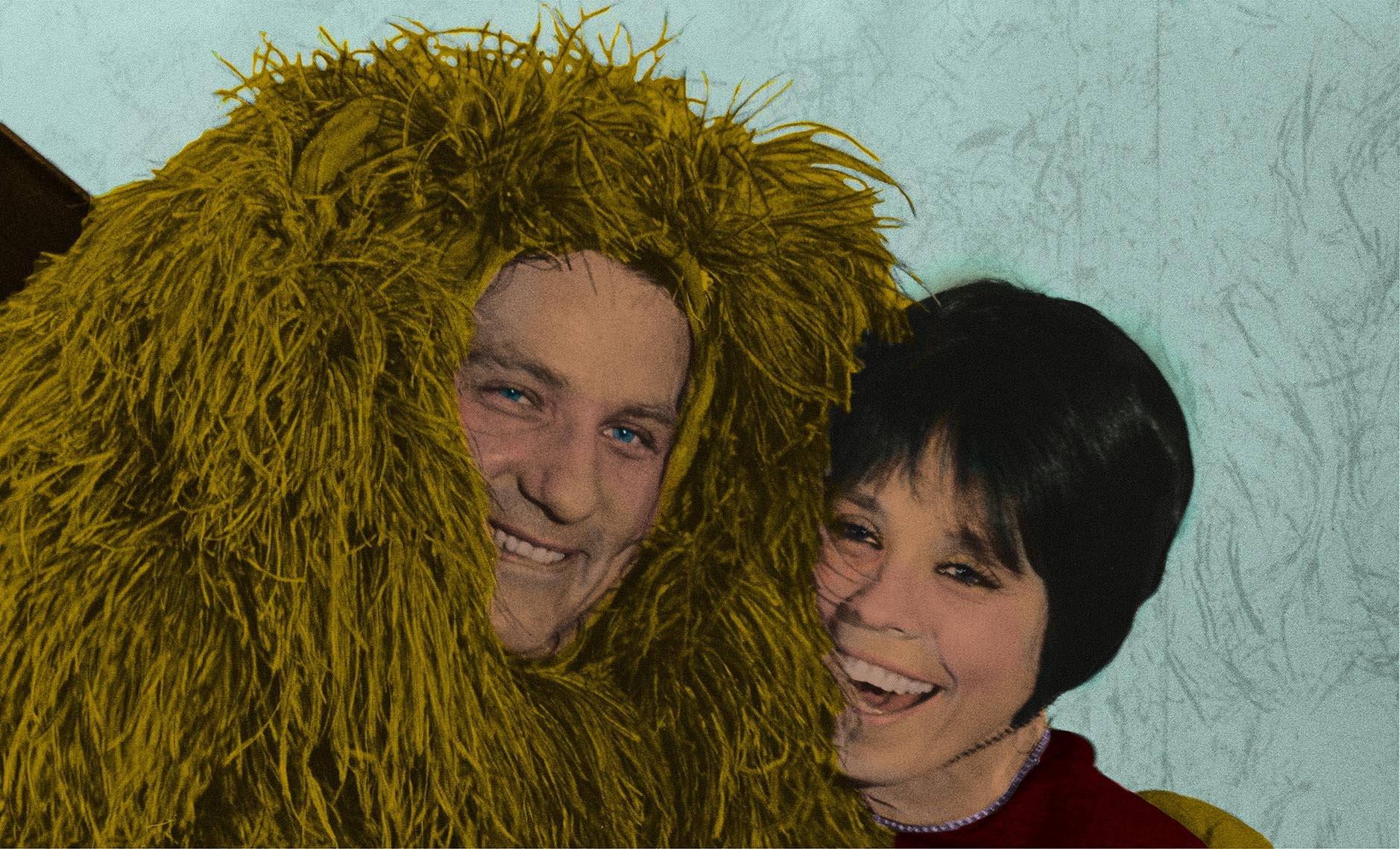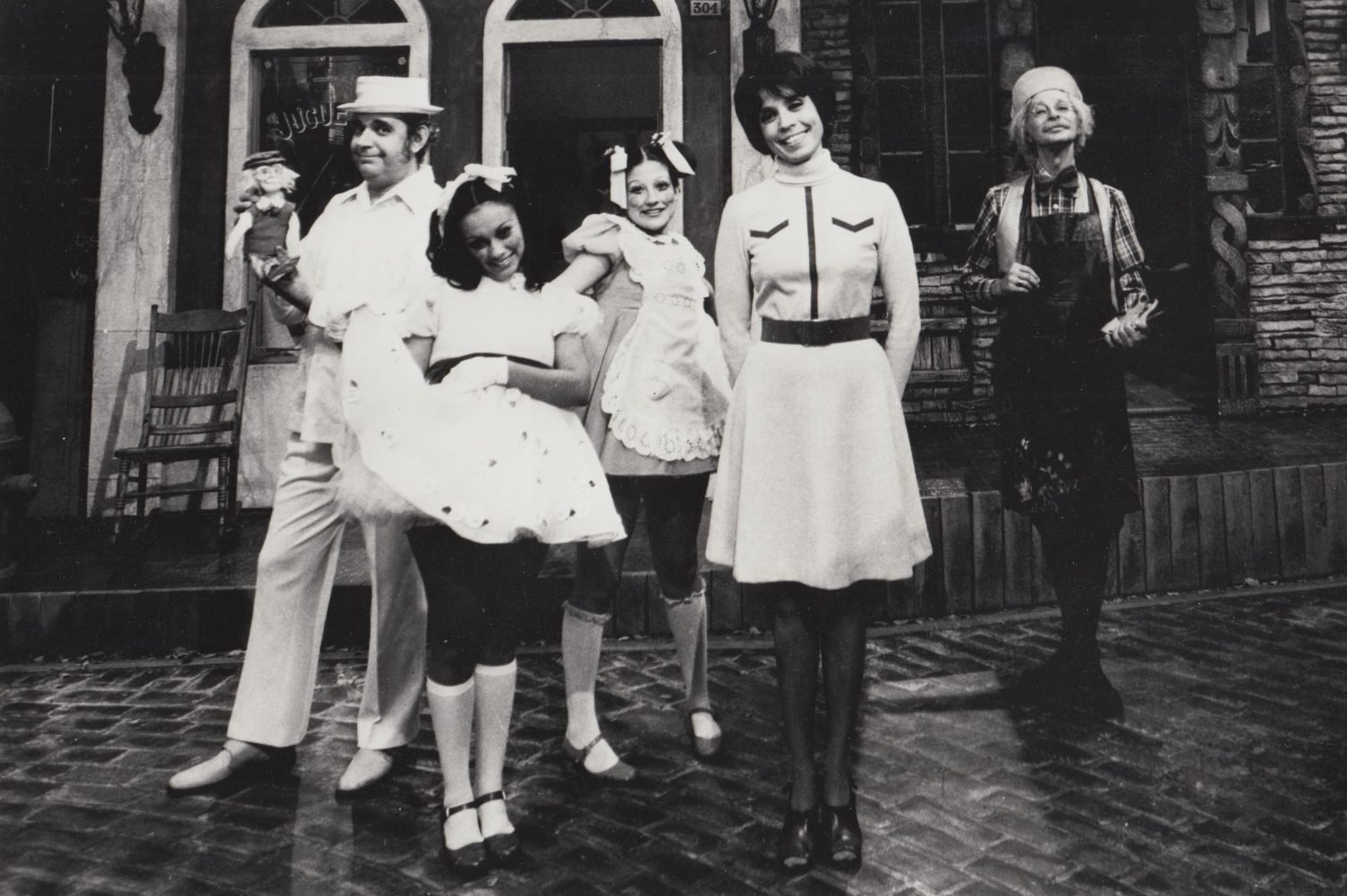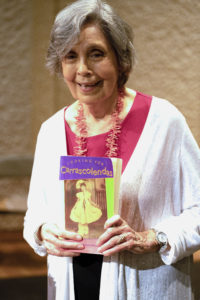Aida Barrera was never trained as a teacher and didn’t know anything about television. But in 1962, she got a job in TV that started her on a path that would lead her to becoming a pioneer in the field.
“I think I must have giggled the most in my audition,” Barerra said.
Barerra created “Carrascolendas,” the first bilingual children’s television program in the United States.
Aida Barerra was born in 1938 in Rio Grande City, Texas, about 10 miles from the border with Mexico. As a child, she spoke only Spanish.
“We weren’t educated in Spanish, so we made mistakes and we didn’t want to say anything because we were embarrassed,” Barerra said.
Barrera went on to earn a journalism degree from the University of Texas at Austin in 1957 and got a job at a small production company in Austin. She produced and narrated educational Spanish-language filmstrips – eventually known as the Gloria and David series. The series was delivered to schools and later distributed by Encyclopedia Britannica Films.
“Then we converted that to teaching English-speaking kids Spanish,” Barerra said.
That’s when she got her television job. She was chosen to be the on-air Spanish-language teacher for the local Austin-San Antonio PBS station, KLRN. Part of her job was to go around to schools in Central Texas to train teachers to utilize television for teaching.
“There were no Spanish teachers in the schools at the time … and there was nothing that went in to try to do anything for that Mexican-American child,” Barrera said.
Her work was happening at a time when Mexican-American civil rights activists were demanding that the Spanish language be respected and that Spanish-speaking children get better educational opportunities.
Then, came the 1968 Bilingual Education Act. Now, there were federal funds for bilingual instruction programs in schools – and for television programs.
“I was reading all about bilingual education … and I thought ‘well why can’t we do something like this?’ And so that’s when I approached the station and I said, ‘You know, I have an idea,’” Barrera said.
















